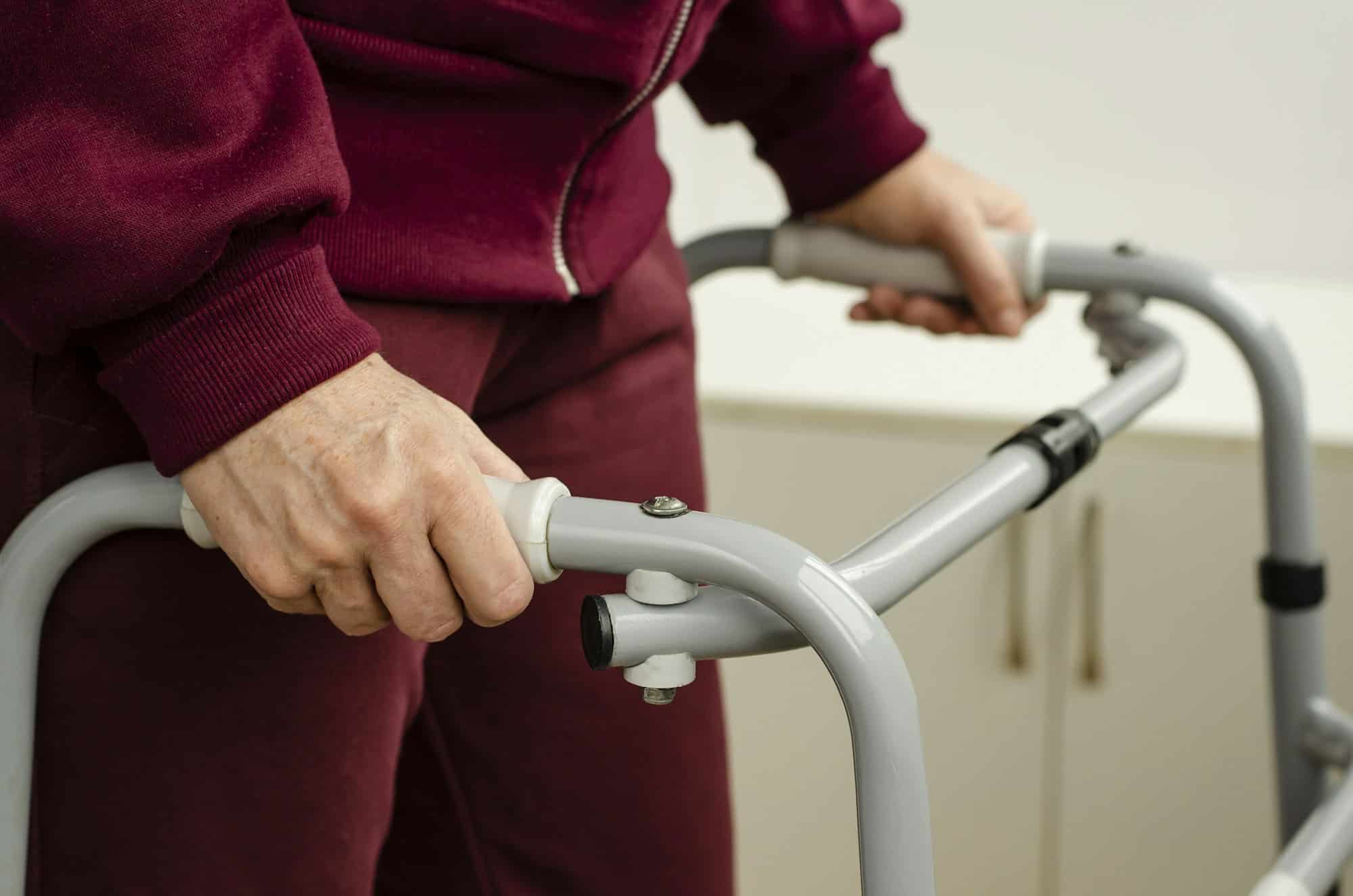Knee pain shouldn't derail your fitness journey. Thankfully, low-impact cardio workouts can offer effective solutions for strengthening and improving your mobility without adding strain. Discover routines tailored to your needs, ideal for fostering recovery and enhancing overall well-being. Embrace gentle exercises that invigorate your body, while minimizing discomfort. Let’s explore the top low-impact cardio options to get you moving comfortably and confidently.
Importance of Low-Impact Exercise for Knee Health
Understanding the anatomy of the knee is crucial to appreciating the benefits of low-impact exercise. The knee joint is a complex structure, comprising bones, cartilage, ligaments, and tendons, which can be prone to injuries and conditions like arthritis. Common issues include ligament tears and cartilage wear, often exacerbated by high-impact activities.
This might interest you : Discover connection: your ideal deaf dating site awaits
Low-impact workouts offer significant benefits for knee health. These exercises, such as swimming, cycling, and walking, minimise stress on the knees while still promoting cardiovascular fitness and muscle strength. By engaging in low-impact activities, individuals can maintain joint flexibility and reduce the risk of further injury or pain.
Balancing exercise with rest is essential for knee recovery. Overworking the knee can lead to inflammation and increased pain, whereas adequate rest allows for healing and repair. Incorporating low-impact exercises into a routine ensures that the knees are exercised without excessive strain, promoting long-term joint health.
Also to discover : Unlocking Post-Surgery Healing: The Impact of Deep Breathing Techniques on Recovery
In summary, low-impact exercise is a practical approach to maintaining knee health. It allows individuals to stay active while protecting their knees from excessive stress, ultimately supporting recovery and preventing future issues.
Top Low-Impact Cardio Workouts
Engaging in low-impact cardio exercises is essential for maintaining knee health without causing undue stress on the joints. These knee-friendly workouts not only help in managing knee pain but also improve overall fitness levels.
Swimming
Swimming is a standout among low-impact cardio exercises. It provides a full-body workout while being gentle on the knees. The buoyancy of water supports body weight, reducing stress on the joints and making it an ideal choice for individuals with knee pain. For effective results, focus on proper technique, such as maintaining a streamlined body position and using controlled breathing. Safety is paramount; ensure the pool depth suits your swimming skills. Beginners can start with simple strokes like freestyle or backstroke, while advanced swimmers might incorporate more complex routines.
Cycling
Cycling, whether stationary or outdoor, is another excellent knee-friendly workout. It enhances knee joint mobility and strengthens leg muscles without heavy impact. Stationary bikes offer a controlled environment, while outdoor cycling provides variety. To prevent strain, adjust the seat height so your knee is slightly bent at the pedal's lowest point. Avoid high resistance settings initially to reduce pressure on the knees.
Walking
Walking is a versatile and accessible low-impact cardio option. Proper footwear is crucial to provide support and reduce shock. Opt for even surfaces to minimise knee strain. For added benefits, incorporate intervals of brisk walking to elevate heart rate and promote cardiovascular health.
Detailed Descriptions of Each Workout
Understanding the specifics of workout descriptions can enhance the effectiveness of cardio routines and provide knee pain relief exercises. Let's delve into each activity.
Swimming Techniques
Swimming offers diverse techniques to target different muscle groups while being gentle on the knees. Freestyle is excellent for cardiovascular health and involves a continuous flutter kick. Backstroke helps improve posture and works the upper back. For knee pain relief, focus on maintaining a streamlined body position to reduce drag and enhance efficiency. Incorporate intervals of varied strokes to keep the routine engaging.
Cycling Workouts
Cycling can be tailored to different intensity levels. For beginners, a low-resistance setting on a stationary bike is ideal, gradually increasing duration to build endurance. Intermediate cyclists might incorporate hill simulations or interval training to boost cardiovascular fitness. Outdoor cycling offers a dynamic environment; however, always ensure the bike is adjusted correctly to avoid knee strain.
Walking Routines
Walking is adaptable to various fitness levels. Start with a brisk walk for 20 minutes, focusing on maintaining an upright posture. Incorporate interval walking, alternating between a moderate pace and short bursts of speed, to elevate heart rate. For added benefits, try walking on different terrains, such as grass or gravel, to engage additional muscle groups.
Benefits of Low-Impact Cardio for Knee Pain Relief
Engaging in low-impact cardio exercises is a strategic approach to achieving knee pain relief. These exercises significantly enhance joint health by reducing stress on the knees, which is crucial for individuals dealing with knee issues. Low-impact activities like swimming, cycling, and walking minimise the risk of aggravating existing conditions, allowing for safe and effective workouts.
The benefits of cardio extend beyond just knee health. Cardiovascular fitness plays a pivotal role in overall wellness by improving heart health, boosting circulation, and enhancing endurance. These exercises help maintain a healthy weight, reducing the load on the knees and further alleviating pain.
Consistent participation in low-impact workouts offers long-term advantages. Regular exercise strengthens the muscles around the knee, providing better support and stability to the joint. This reduces the likelihood of injuries and promotes sustained mobility. Additionally, staying active helps in managing weight, which is essential for decreasing knee strain.
Incorporating low-impact cardio into a routine not only addresses immediate knee pain but also contributes to a healthier lifestyle. By focusing on gentle yet effective exercises, individuals can enjoy the dual benefits of improved joint health and enhanced cardiovascular fitness.
Safety Tips for Low-Impact Workouts
When engaging in low-impact workouts, prioritising workout safety is essential to prevent injuries and manage knee pain effectively. Adopting the right precautions can significantly enhance the benefits of these exercises.
Warm-Up and Cool-Down Routines
Begin with a thorough warm-up to prepare your body. This increases blood flow to the muscles and enhances flexibility, reducing the risk of injury. Simple activities like dynamic stretches or a brisk walk can suffice. Similarly, a cool-down helps your body transition back to rest, minimising muscle soreness.
Recognising Signs of Overexertion and Injury
It's crucial to listen to your body during workouts. Signs of overexertion include excessive fatigue, dizziness, or sharp pain. If you experience these symptoms, it’s important to pause and assess your condition. Continuing despite pain can lead to more severe injuries.
Modifying Workouts Based on Pain Levels
Adjust your exercise intensity in response to any discomfort. Use knee pain precautions like reducing workout duration or opting for gentler exercises. For example, if cycling causes discomfort, consider lowering resistance or switching to walking. Always prioritise your comfort and safety to maintain a sustainable fitness routine.
Success Stories and Testimonials
Real-life experiences with low-impact workouts reveal their transformative effects on knee health. Personal accounts often highlight how these exercises have alleviated pain and improved mobility. For instance, Jane, a 45-year-old office worker, found that incorporating cycling and swimming into her routine significantly reduced her knee discomfort. Her success story serves as an encouraging example for others facing similar challenges.
Experts in physiotherapy often endorse these routines for their effectiveness. Dr. Smith, a renowned physiotherapist, emphasises that low-impact exercises like swimming and walking can enhance joint health without exacerbating existing conditions. Such expert opinions reinforce the value of these workouts in managing knee pain.
Testimonials from individuals who have embraced these routines further underscore their benefits. Many report increased flexibility and strength, contributing to a more active lifestyle. For example, Tom, an avid walker, shares how consistent low-impact workouts have allowed him to maintain his passion without knee pain.
Readers are encouraged to share their own success stories and testimonials. By exchanging personal experiences, individuals can inspire and support each other in their journey towards improved knee health. Engaging with a community can provide additional motivation and insights into effective practices.











